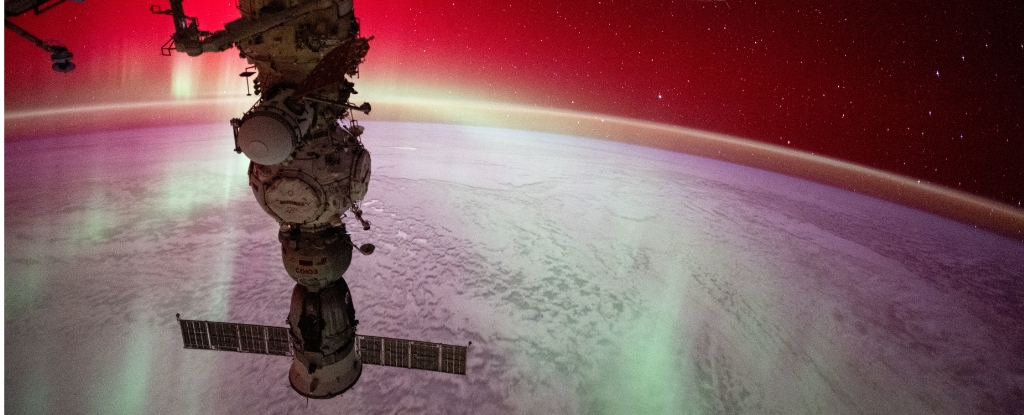Scientists have discovered the closest visible-light observation yet of a supermassive black hole tearing apart and consuming a star, known as a tidal disruption event (TDE).
The TDE occurred in the galaxy NGC 3799, located around 160 million light years from Earth. A black hole with a mass of around 1 million suns is responsible.
TDEs happen when stars get too close to supermassive black holes, which generates tremendous tidal forces that elongate and stretch the star before swallowing it. This “spaghettification” process produces bright flares that can be seen from Earth.
Though common, finding a TDE this near to Earth using visible light is rare, designated ASASSN-23bd. It provides an opportunity to better understand supermassive black hole growth.
ASASSN-23bd brightened unusually fast over just 15 days and produced less energy than typical TDEs, marking it as a “low luminosity and fast” category of event.
Follow-up observations with ground- and space-based telescopes are helping scientists learn more about the characteristics of this close and unusual tidal disruption event.
Source: space









